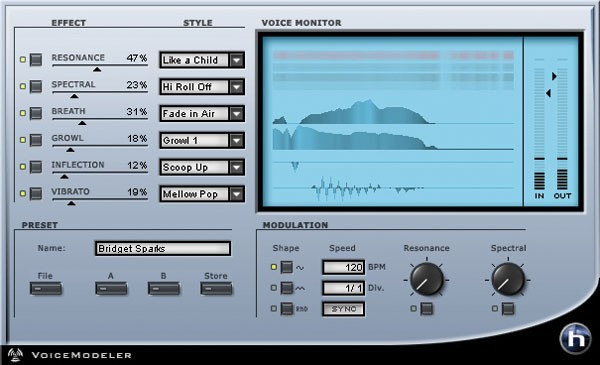
A 60mm macro lens, a 100mm macro lens, and a 200mm macro lens will all produce the same sized image of the butterfly at their closest focus distance. Now lets consider the case when your subject is skittish. Generally, shorter lenses are much less expensive than the longer lenses. If all you are doing is taking macro shots of watch parts and similar inorganic still lifes, the focal length won’t matter as much and shorter lenses won’t penalize you. Much of the time, a standard macro lens, such as a 100mm focal length, will be perfect. If you are interested in floral macro photography, using longer lenses will allow you to back up a little, which can help with your tripod setup and other logistical issues. Pretty exciting, isn’t it? I am compelled to warn you about using this lens though! (read more) In the above discussion I showed you a 5.0x simulated example for the Canon MP-E 65mm 1x-5x macro lens, which I believe is a one-of-a-kind lens. This graph shows that your working distance will be in the range of only ~3.5″-10″, no matter what lens you own, but if you need ~10″, you had better have a long focal length lens. If you are interested in the Nikon lineup, a list of their MFD’s (not MWD’s) is provided here. The following graph shows, for a set of 7 macro lenses from Sigma, Canon, and Tamron, the Minimum Working Distance versus lens focal length. Also, the MWD does not include lens filters or the lens hood, so if you are using these your effective MWD will be smaller.
For long focal length lenses, the long lens itself can eat up half of the MFD, and the MWD is a much better indicator of the space you have to work with. Minimum Working Distance is the distance between your lens’ front element and your subject when the lens is set at 1:1 magnification. MFD is the distance between the sensor and the subject. If you investigate these lenses, you may see both MFD (Minimum Focusing Distance) and MWD (Minimum Working Distance) specified, or usually just MFD. Short focal length lenses will include a wider swath of (out-of-focus) background than long focal length lenses with their narrower field of view.
Various “zoom” or kit lenses (that over-advertise themselves as “macro”) offer only 0.2x – 0.3x at their closest focusing point, and are not too useful for filling the sensor with a small subject.įor the above lenses, there is a wide variation in minimum focusing distances that produce the same size subject images. There are other lenses reasonably referred to as “macro” that range from 0.5x to 5.0x. True macro lenses offer a magnification factor of 1.0x or 1:1 at their closest focus settings, i.e. So, if you have a butterfly with physical dimensions 1.5″ x 1.8″ (encompassing antennae, wingtips, and feet), then a life-sized macro image would place the butterfly on the smaller sensor somewhat like this: A “full-frame” DSLR has a sensor of dimensions 24mm x 36mm (0.94″ x 1.4″).

So, first off, what is a macro lens? The official definition of a macro lens is that it should be able to reproduce a life-sized image of an object on the image sensor. In this feature I’ll talk about a few approaches to taking macro photographs with the intent of making you aware of some of the alternatives. Macro photography might be new to some of you, or you might not have the gear you’d like to have for the images you want. Next month’s competition is “Macro (not Floral) Photography”.


 0 kommentar(er)
0 kommentar(er)
